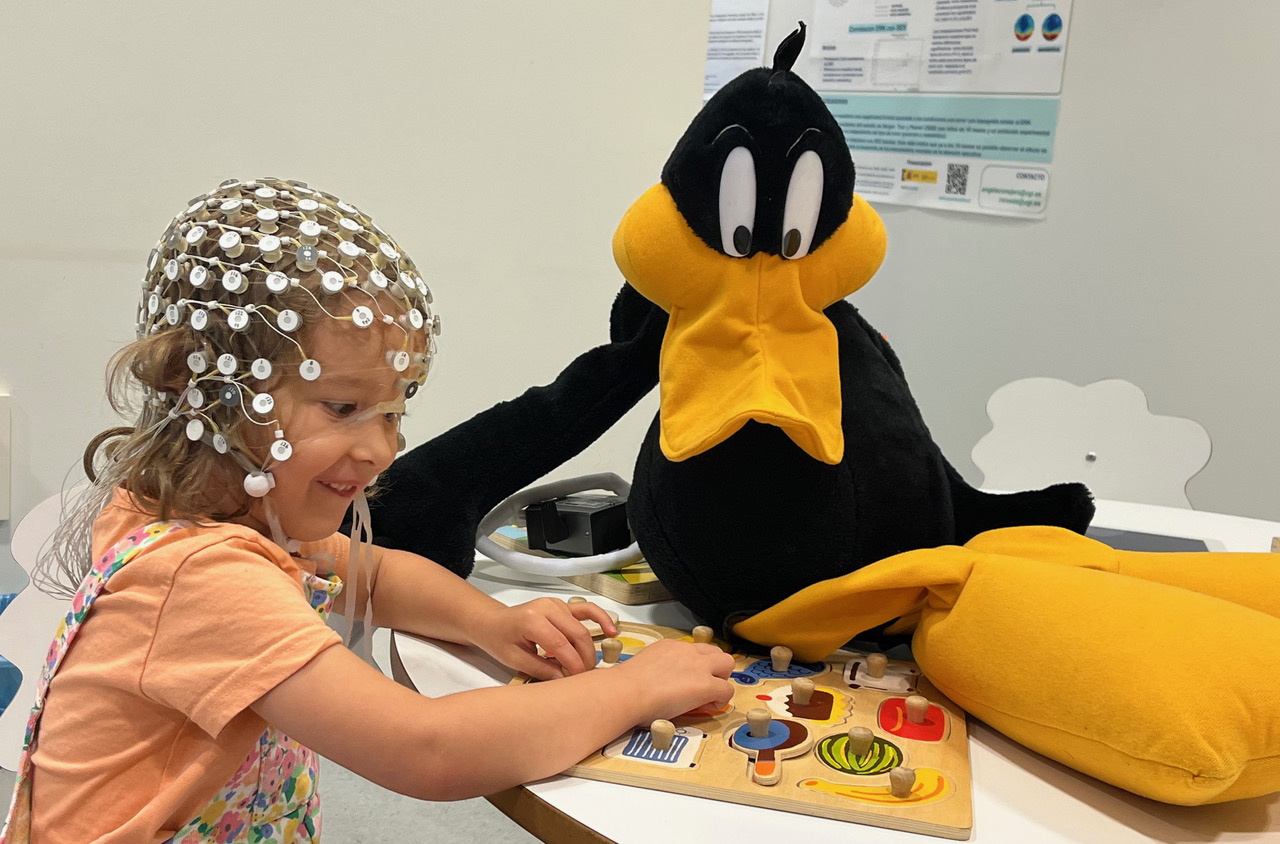
Title: The Developing Brain
Summary: What is in the minds of babies? How can we study the development of processes and their relationship to the brain from the first months of life? In this lab, you will learn how we approach the study of the development of cognitive processes such as attention, memory, reasoning, etc. in infants and young children. We also study the development of cognition in relation to brain maturation.
Venue: Laboratory 24 of the CIMCYC
Principal Investigator: Charo Rueda

The science of social issues: exploring gender inequality and feminism
Summary
Have you ever wondered what science says about current issues? What are the psychological and social effects or consequences of gender inequality? What are the psychosocial implications of identifying as a feminist? In this activity, we will discuss different gender inequalities from a scientific perspective. We will address factors that influence their maintenance and the areas of everyday life in which they occur. We will also look at some of the physical, psychological and social effects that gender inequality can have and how feminism raises awareness and mobilizes in favor of more egalitarian societies.
Venue: Laboratory 15 (Social Psychology), Seminars 4 and 5 of the CIMCYC.
Coordination: Sabina de León and Sofía Schwartz
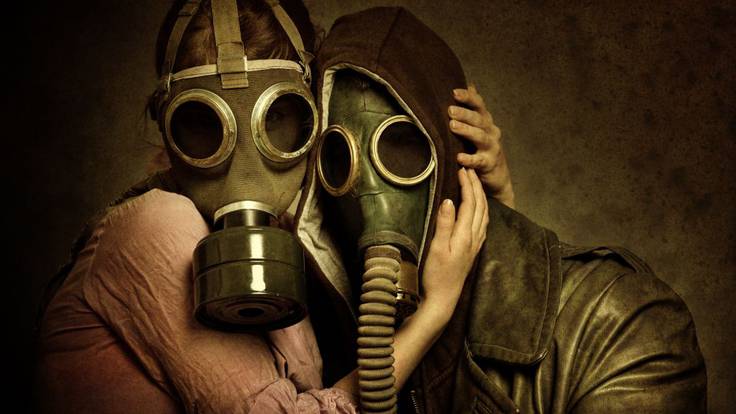
“El mal querer”: is there such a thing as a toxic relationship?
Summary
What do we understand by a toxic relationship in a couple, and by gender violence? What elements are essential for a healthy relationship? We have probably heard phrases such as "He behaves like that because he loves me" or "When we are good, we are very good", and we have even assumed them as fundamental elements of love. The aim of this activity is to delve into the ideas and widespread beliefs about relationships, as well as the romantic myths and harmful dynamics that are usually normalized within the context of a relationship. In order to delve deeper into this, we will carry out a series of dynamics that will allow us to detect, make visible and act on violence in relationships.
Venue: Laboratory 15 (Social Psychology), Seminars 4 and 5 of the CIMCYC.
Coordination: Marta Badenes, Mariela Bustos Ortega and Rocío Vizcaíno-Cuenca
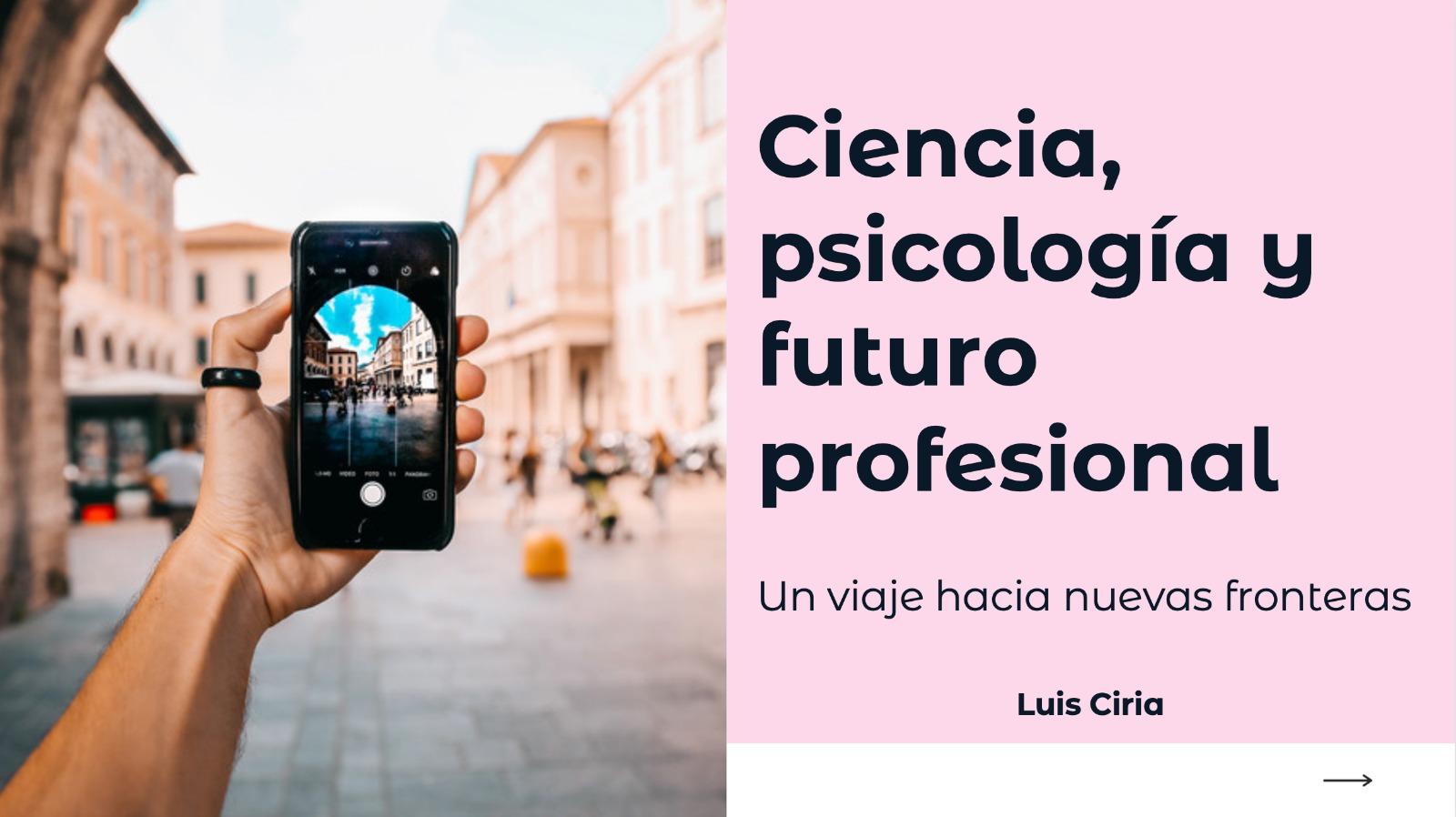
Title: Science, psychology and professional future
Summary: In this talk, we will discuss how humanity has tried to understand the world, from religion to science, highlighting the importance of critical thinking in our daily lives. We will also talk about psychology as a science, debunk some myths about it and finish with some practical advice when it comes to studying a university degree.
Venue: CIMCYC conference room.
Coordination: Luis Ciria
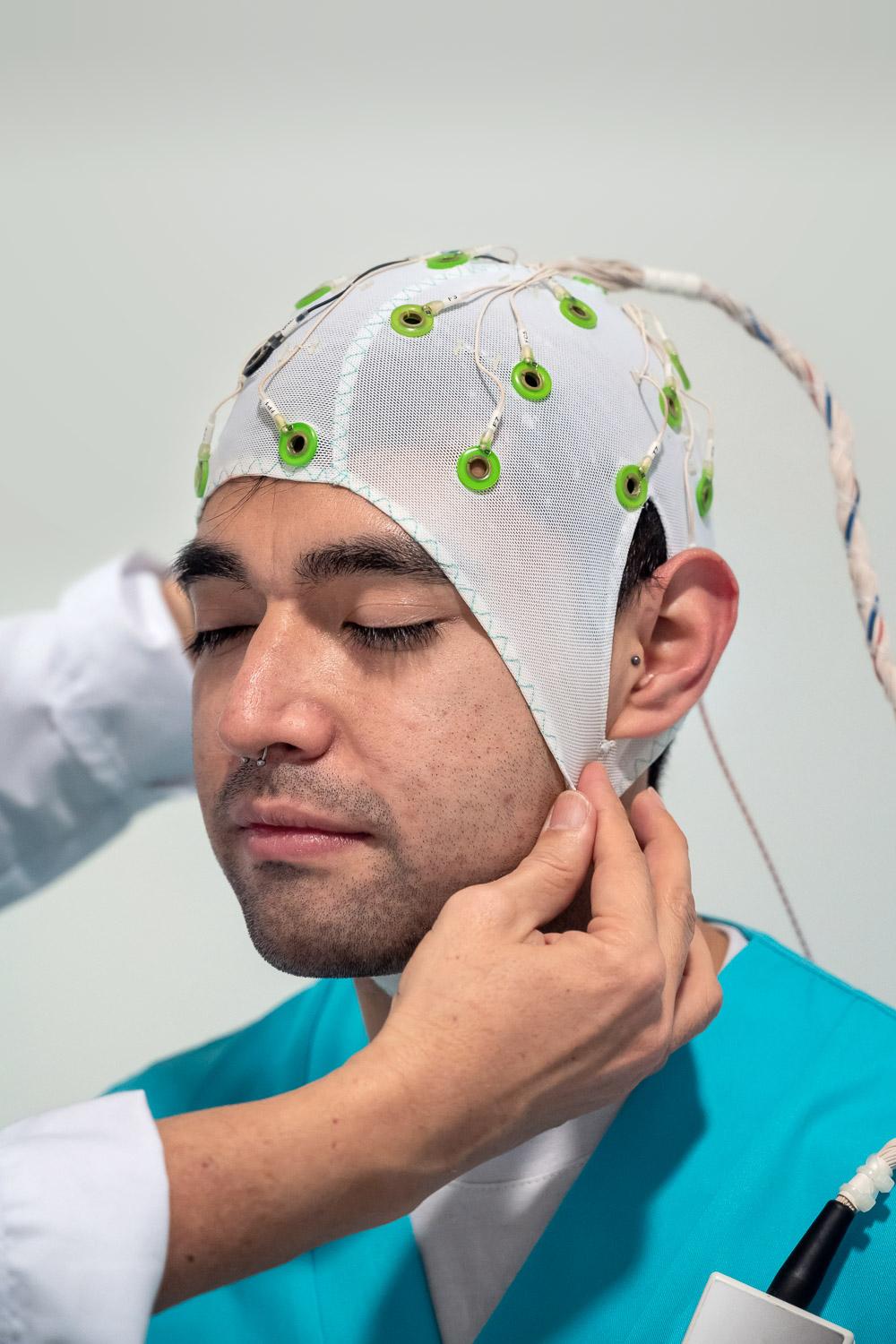
Title: From behaviour to brain
Summary: In this activity we will show how in psychology research we not only study the responses that occur at the behavioural level in computer tasks that are commonly used in the laboratory, but we can also capture the processing that occurs in these tasks at the brain level using the recording of neuronal activity with electroencephalography. On the other hand, we explain how this neural activity can be modulated with brain stimulation techniques, in this case transcranial direct current stimulation (tDCS). In both cases we teach the type of equipment used, how it works, as well as its advantages and disadvantages.
Venue: Laboratory 02 of CIMCYC
Principal Investigators: Klara Hemmerich, Greta Manini, Juan Lupiáñez
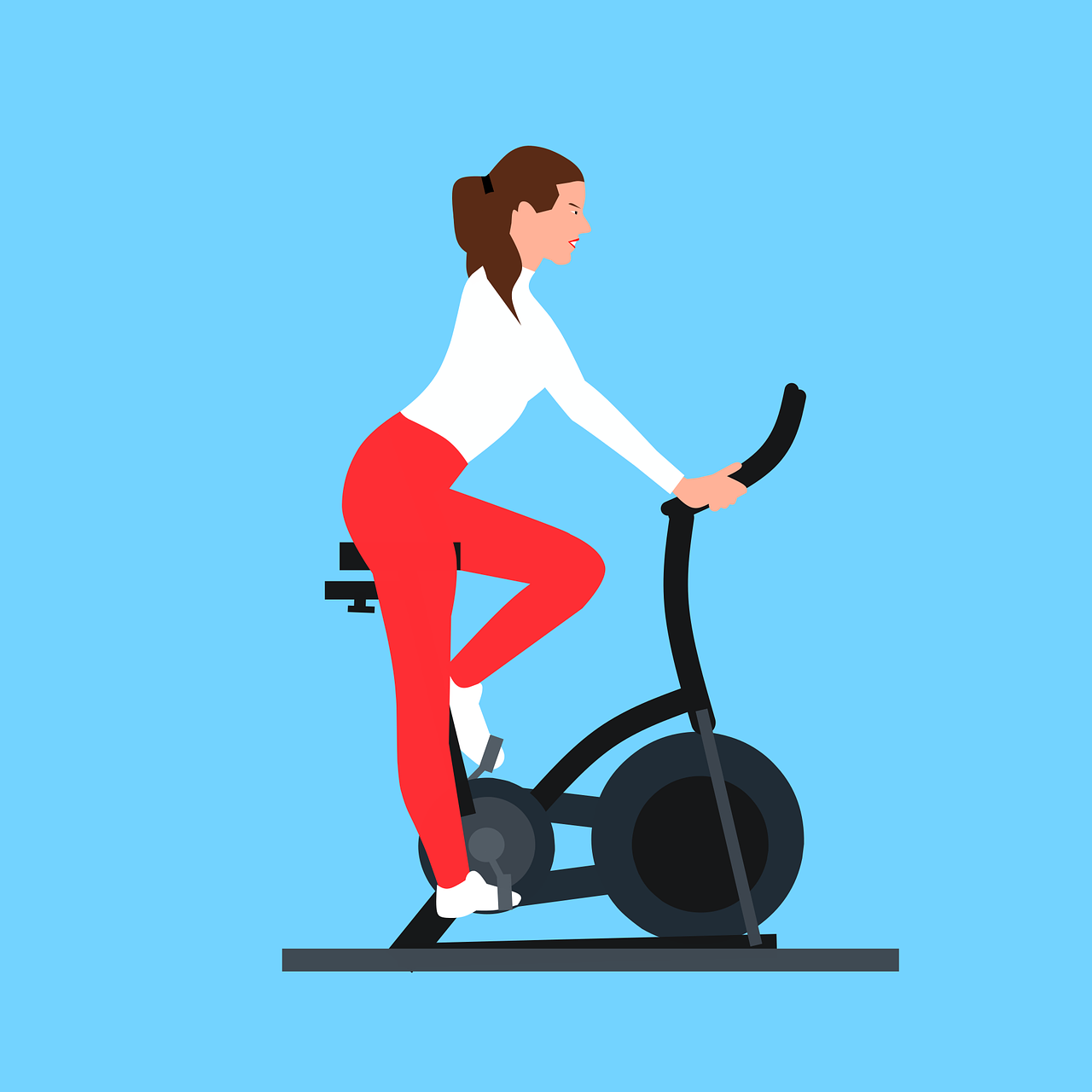
Title: What happens in our brain when we exercise?
Summary: In this activity, we will talk about how we process the information that comes to us from the outside, but also from the inside (physical sensations) during a session of high-intensity physical exercise. We will perform a mental task while pedalling a stationary bike at different intensities. We will discuss how this can influence our ability to perceive and process different stimuli and how this kind of research translates into our daily lives (e.g. state of excitement before final exams, sustained attention in a monotonous job, etc.).
Venue: Laboratory 09 of CIMCYC
Principal Investigators: Daniel Sanabria, Luis Ciria, Chiara Avancini, Clara Alameda
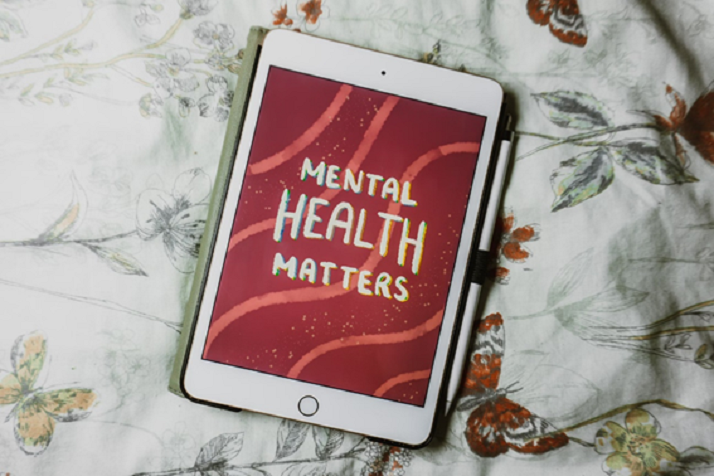
La mente sobre el cuerpo: Psiconeuroinmunología
Esta charla está basada en la Terapia Cognitivo-Conductual y en ella trataremos de trasmitir al público la importancia de los pensamientos y como estos son capaces de hacernos sentir numerosas emociones. Las diferentes interpretaciones que las personas hacemos de un mismo hecho nos puede provocar emociones tan diversas como tristeza, alegría, ira o nerviosismo. La clave, es detectar estos pensamientos y modificarlos por unos más adaptativos a la realidad.
Llevaremos varias dinámicas para mostrar esta relación y contaremos una tarea de activación para niños que estamos desarrollando en nuestro laboratorio.
Lugar: Sala de conferencias
Coordinación: Isabel Peralta, Miguel Baos, Carolina Mariño
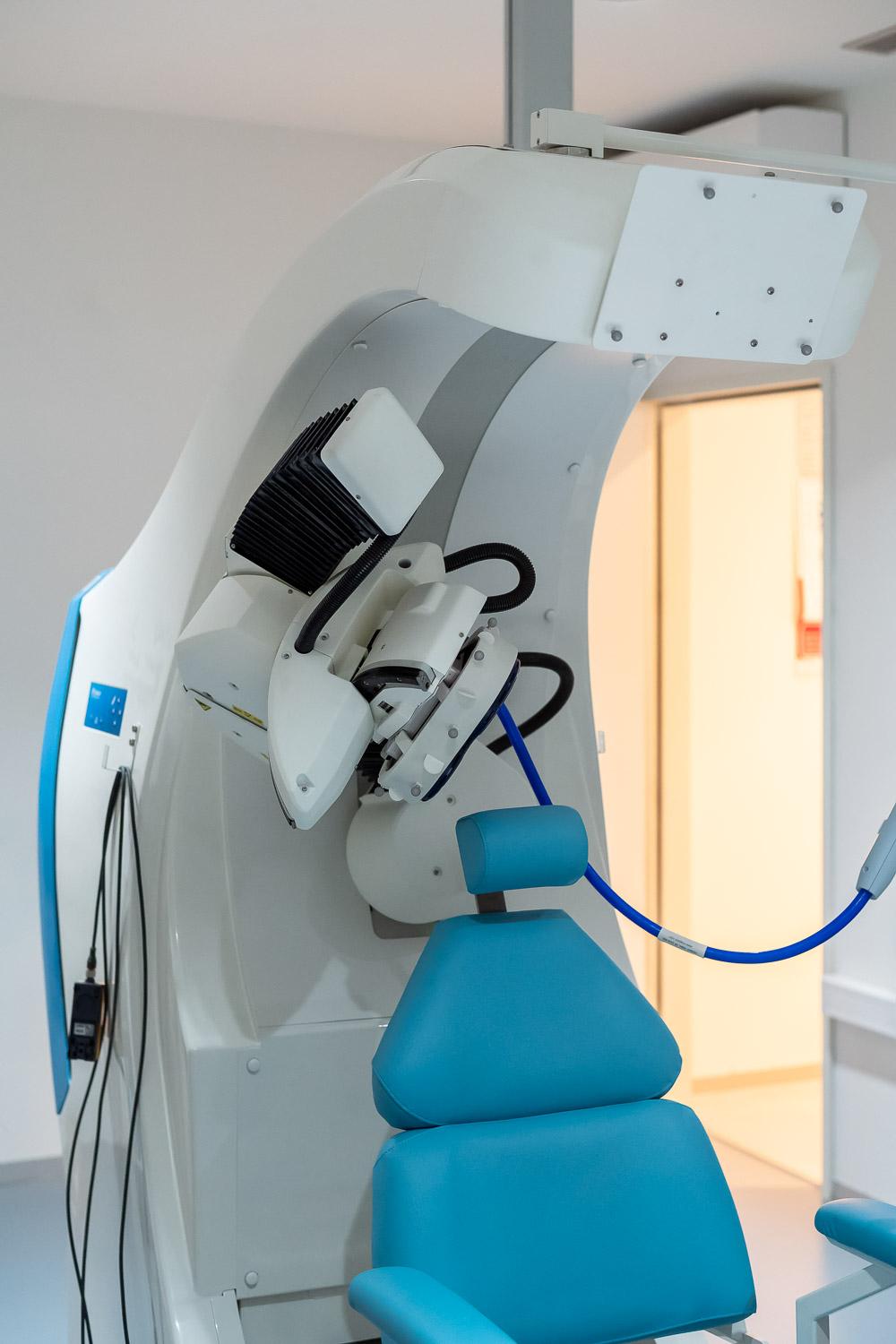
Title: Transcranial Magnetic Stimulation and Neuroimaging
Abstract: This activity will give an overview of the use of neuroimaging (fMRI) and transcranial magnetic stimulation (TMS) as tools to help determine and explain functions and processes within Cognitive Psychology. In addition, a practical example of the effect of TMS is presented.
Venue: CIMCYC Laboratory 22.
Principal Investigators: Ana B. Chica and Elisa Martín-Arévalo
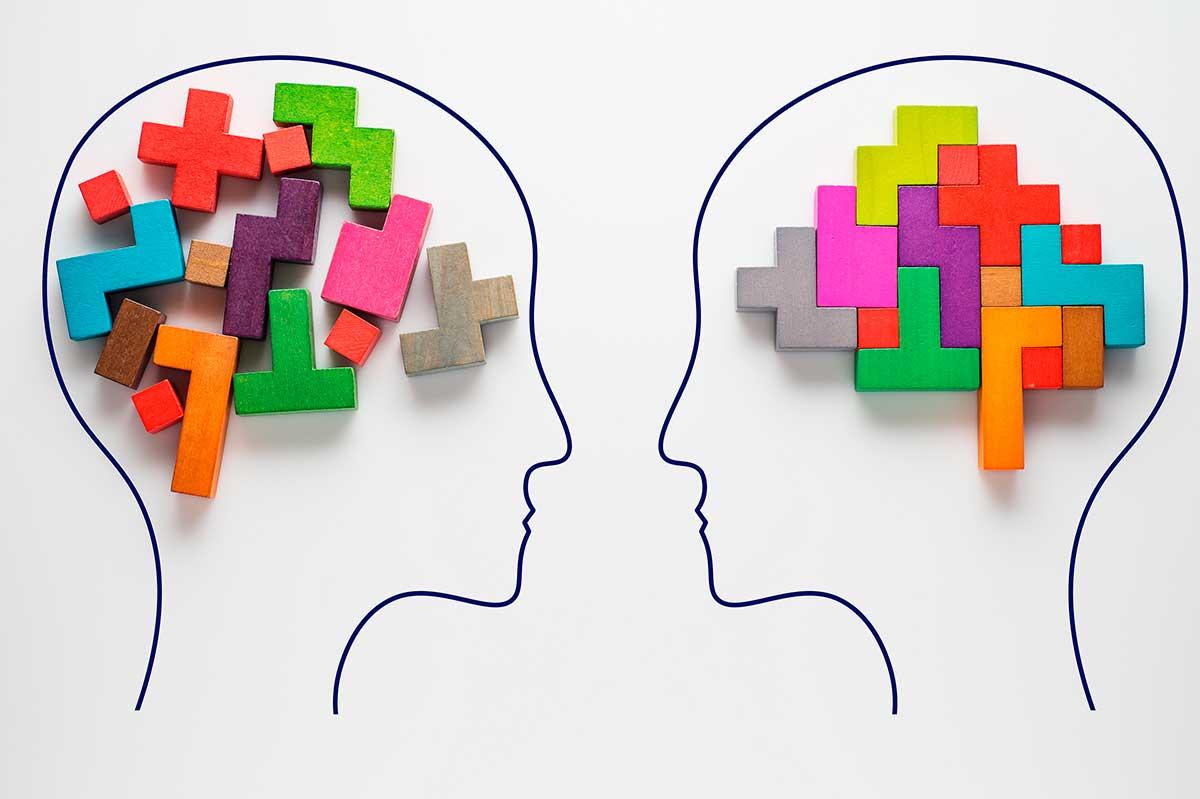
Title: How do stimuli or situations that are, in principle, neutral acquire emotional value?
Summary: In this activity, we will learn how we are able to distinguish stimuli or situations that are potentially dangerous from those that represent safety signals through direct experience. We will perform a classical aversive conditioning task while recording various psychophysiological measures pertaining to the peripheral nervous system (skin electrical conductance, motor startle reflex, heart rate and electromyographic activity of the corrugator muscle). In addition to explaining the brain mechanisms that underpin this type of learning and the importance it has for survival, other ways of acquiring conditioned responses such as learning by observation or learning through instructions will be discussed.
Venue: Laboratory 05.
Person in charge: Pedro Guerra.
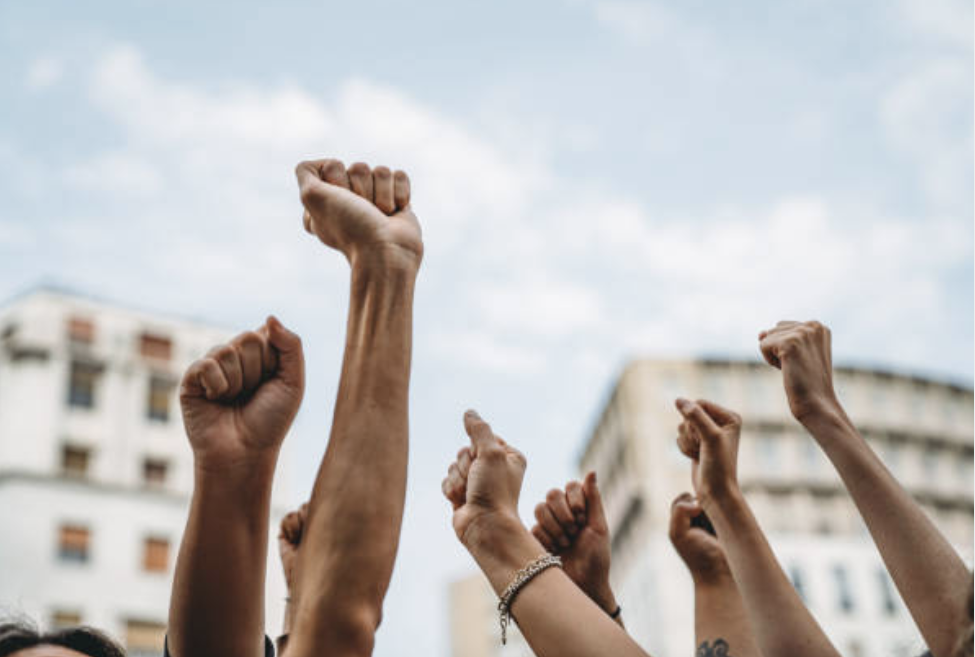
Strength in numbers: inter-group alliances for social change
Summary
There are many inequalities and social problems that cause competition between different groups. Through this activity we will learn about different strategies proposed in the field of social psychology to achieve positive social change in society, promoting collaboration instead of competition. Specifically, we will talk about alliances that occur between different groups and how these lead to collective actions (voting in elections, participating in demonstrations...) that seek to promote a more egalitarian society.
Venue: Laboratory 15 (Social Psychology), Seminars 4 and 5 of the CIMCYC.
Coordination: Sofía Schwartz and Danna Galván
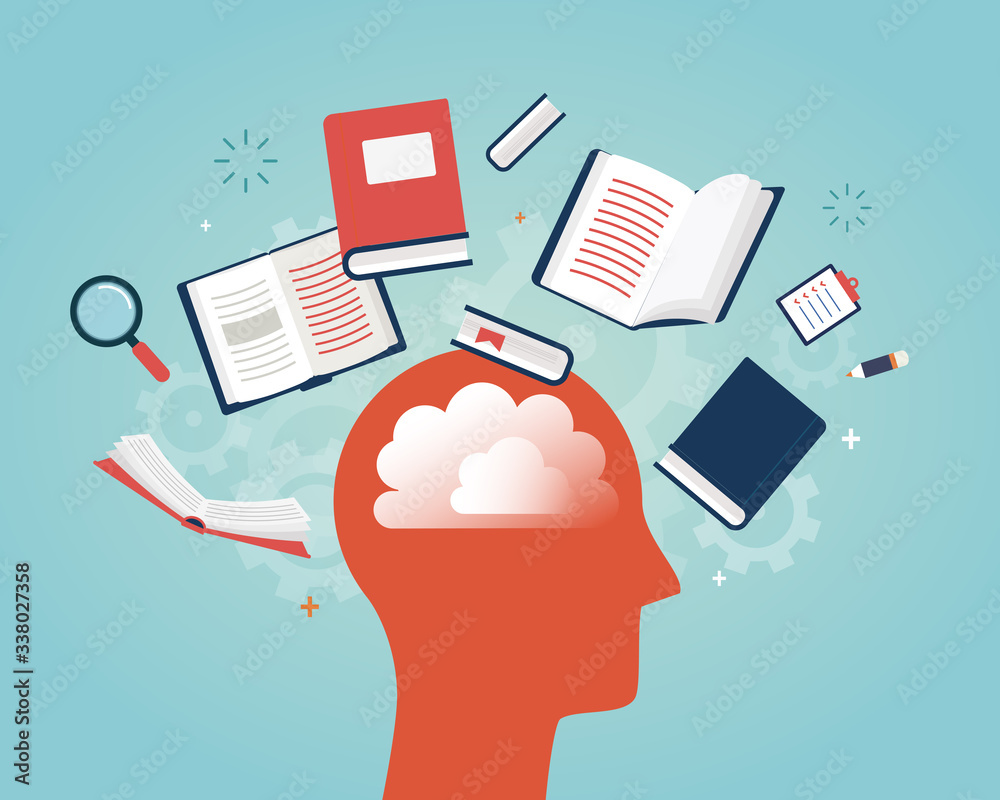
Title: Constructing our memories
Summary: Throughout our lives we integrate the experiences we have (words, images, sounds, sensations, etc.) with what we know about the world and our past experiences to construct memories. From these experiences our various memories are generated, which are very effective, but also complex. Thus, sometimes the process of memory construction can go wrong and lead to the emergence of false memories. This activity will allow participants to understand the construction of memories from an interactive, first-person perspective. In addition, it will make it possible to learn about the mechanisms at the basis of human memory, such as the processes of consolidation and retrieval, through an approach to experimental research in the field of cognitive neuroscience.
Venue: Laboratory 12 of the CIMCYC (Memory and Language Laboratory).
Coordination: Cristina López-Rojas, Mª Jesús Maraver and Nuria Aguerre
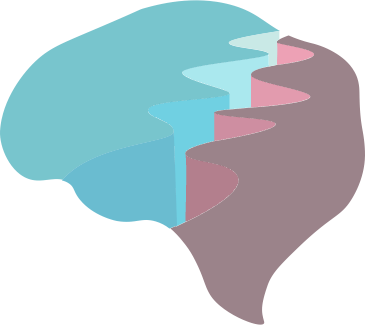
Dos sexos... ¿dos cerebros?: ¿Que nos dice la neurociencia?
A lo largo de la historia, se han utilizado argumentos basados en las diferencias biológicas para explicar las desigualdades entre hombres y mujeres y justificar la discriminación y los estereotipos de género. En esta línea, se han empleado investigaciones del campo de la neurociencia para transmitir la idea de que existen dos tipos de cerebros mutuamente exclusivos, uno "masculino" y otro "femenino", que justifican diferencias en comportamiento, habilidades cognitivas y, por ende, la desigualdad social entre hombres y mujeres. No obstante, estas investigaciones dejan de lado la influencia de variables psicosociales, así como los procesos de plasticidad cerebral, siendo ambos fundamentales para comprender la compleja relación entre ambiente, cerebro y comportamiento. En este taller, reflexionaremos de forma conjunta sobre la interpretación de estos estudios científicos, sin perder de vista el objetivo de lograr una igualdad social. Para facilitar este proceso, trabajaremos nociones básicas del método científico, la investigación en neurociencia, así como sobre el cerebro humano y su capacidad de cambio y adaptación.
Coordinación: Ana F. Palenciano y Mar Martín Signes.
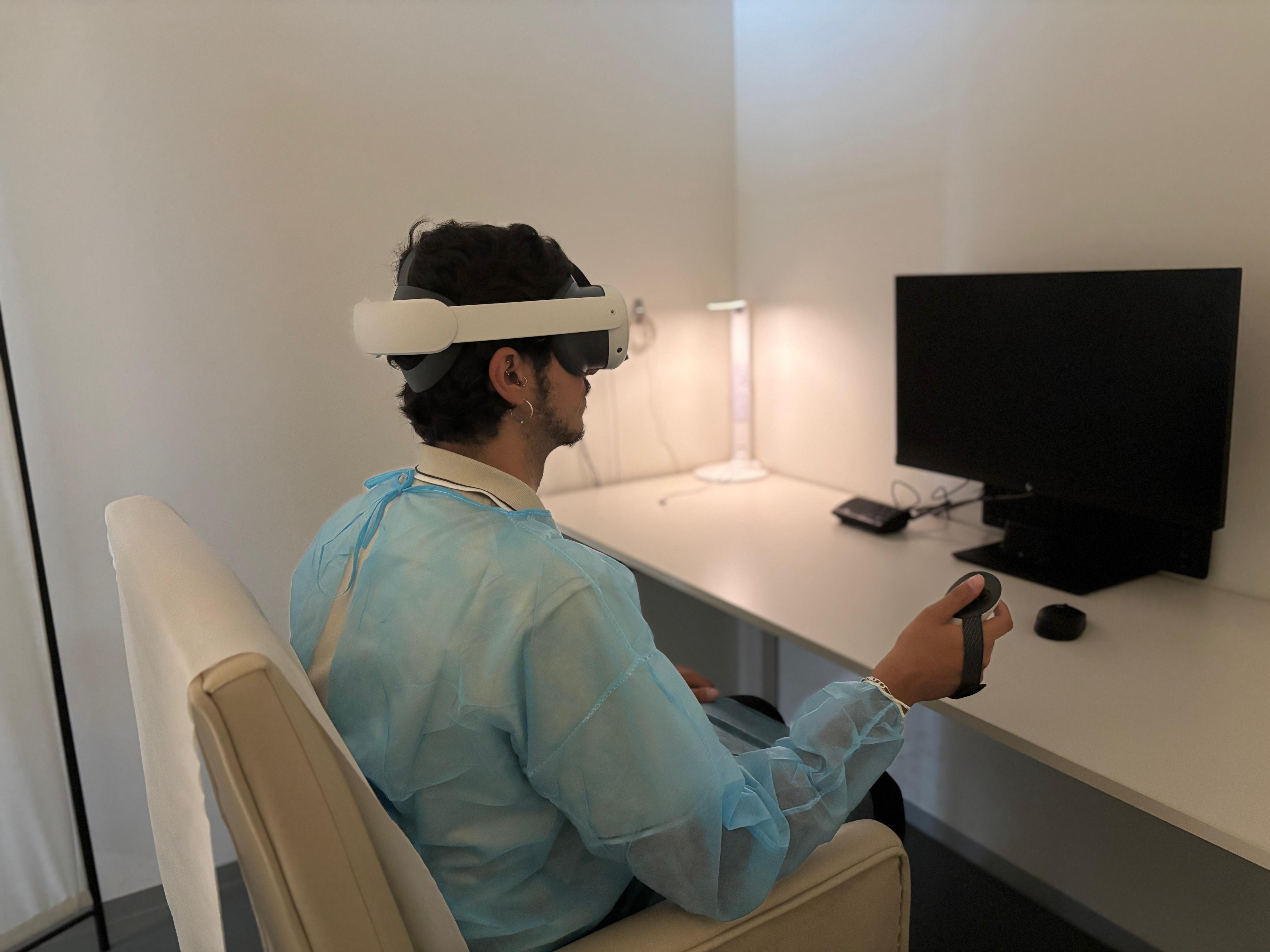
Title: What and how is research done in a human sexuality laboratory?
Summary: In this activity, we will learn the importance of research in human sexuality in order to identify the keys that make healthy sexuality possible. First, we will describe the different types of research in the study of sexual health indicators (sexual attitudes, sexual functioning, healthy sexual behaviours, etc.). The workshop will then focus on the assessment, in a laboratory context, of sexual attitudes from an implicit vs. an explicit approach, as well as on the assessment of sexual response (equipment for the acquisition and processing of psychophysiological data using plethysmography and photoplethysmography). Real examples of psychophysiological recordings of sexual response and peripheral measures such as heart rate, skin electrical conductance or temperature will also be shown. Finally, the applicability of the results obtained in a human sexuality laboratory to sexual health promotion and sex therapy programmes will be discussed.
Place: Laboratory 17 (Human Sexuality Laboratory)
Coordination: Juan Carlos Sierra Freire

Title: How do several languages coexist in the brain?
Summary: In this activity, we will find out what it means to be bilingual and what importance it has on a cerebral level. In the laboratory, we will see what tools are used to understand the relationship between several languages in a single brain from a neuroscientific point of view. During this activity we aim to show the rigorousness of the scientific method and the importance of applying it in the field of bilingualism. In addition, we will also highlight the importance of knowing minority languages. With this activity we aim to generate knowledge that will allow us to debunk the myths associated with bilingualism, as well as to encourage interest in language learning.
Venue: CIMCYC Laboratory 12 (Memory and Language Laboratory).
Coordinators: Alba Casado, Cristina López-Rojas, Marta Reyes, and Marta Rivera

¿Por qué comemos lo que comemos?
Nuestras sociedades se caracterizan por ser muy sedentarias y por la exposición constante a claves relacionadas con comida (anuncios, olores, etc.) así como la exposición masiva a una alta variedad de comida muy apetitosa, accesible, barata y rica en azúcares y grasas. Esta condición es lo que se conoce como “ambiente obesogénico”. Ante esta situación es necesario entender como las características de este ambiente están afectando a los distintos mecanismos que regulan nuestra conducta alimentaria. En esta charla-taller os contaremos cuales son estos mecanismos de regulación de ingesta y cómo se ven afectados por estas características del ambiente resultando en un consumo excesivo. La investigación en este campo puede proporcionarnos herramientas para proponer tratamientos novedosos dirigidos a reducir el consumo excesivo, el sobrepeso y la obesidad.
Lugar: Sala de conferencias o seminarios
Coordinación: Isabel de Brugada, Ana González, Irene Ruiz y Marta Gil

Title: What would happen if you suffered weekly blows to the head for more than ten years? Gender violence.
Summary: Can you imagine suffering weekly blows to the head for more than ten years, and that the perpetrator of this violence is your partner? Do you know that brain injuries in female survivors of gender violence are more prevalent than in military personnel and athletes combined?
Specifically, 80% of women who survive intimate partner abuse have suffered at least one head injury, many of them "too many to count". In addition, 97% experienced attempts to strangle them. These blows, together with fear, insults and stress sustained over time, can have important cognitive, emotional and cerebral consequences for the victims. These consequences can make it difficult for them to decide whether to leave their partner or return to their normal daily life. In this session, we will talk about the research that neuropsychology is doing with women survivors of gender violence.
Venue: CIMCYC conference room.
Coordinators: Natalia Hidalgo Ruzzante, Juan Verdejo Román and Miguel Pérez García.
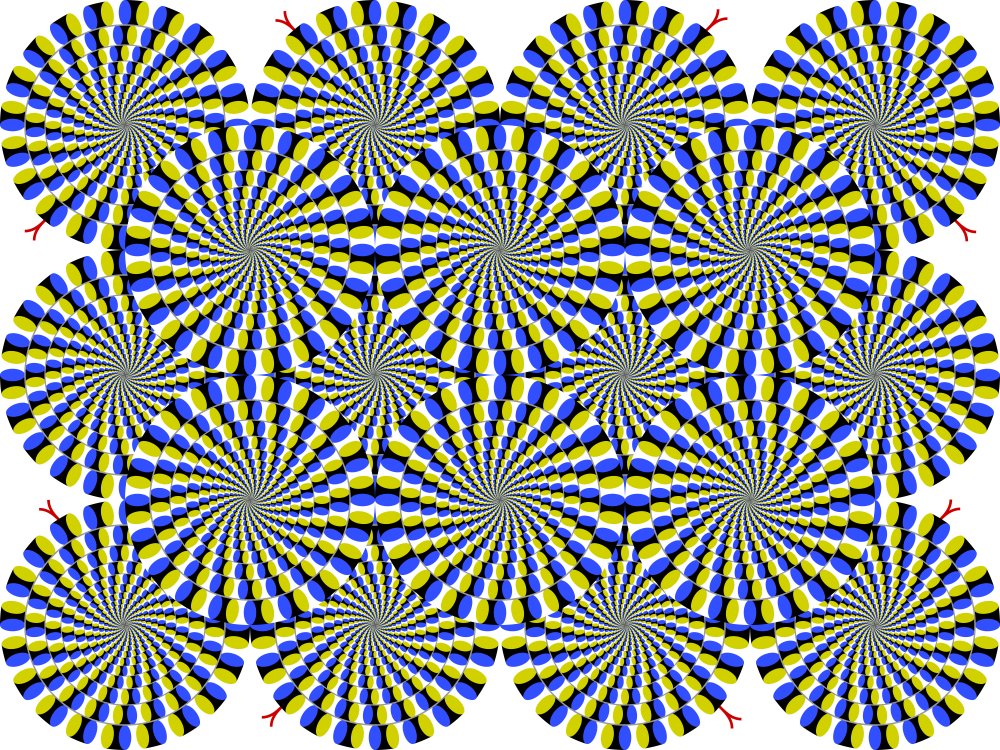
Title: A Journey of Mental Illusions
Summary: In order for us to perceive the world around us, our brain must continuously elaborate and reconstruct the information captured by the senses. Although this sophisticated mechanism is very efficient, it can sometimes fail, generating perceptual illusions: phenomena in which information from the environment is misinterpreted. In this workshop you will experience illusions through different senses. Together we will try to understand how and why these failures in perception occur.
Coordinators: Ana F. Palenciano, Carlos González, Chema G. Peñalver, Blanca Aguado

The unequal race of life
Summary
This activity will show with an experiential dynamic and some data from recent research in social psychology the impact that economic inequality and social class has on people’s lives, on their psychology, and especially on the relationships we establish with others.
Venue: Laboratory 15 (Social Psychology), Seminars 4 and 5 of the CIMCYC.
Coordination: Efraín García Sánchez and Francisco Soler
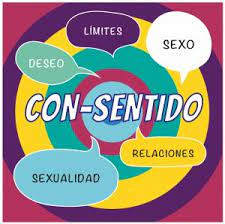
Sexual violence and the media: where does that leave sexual consent?
Summary
What is sexual aggression and what is not? Do we consent to all the sexual relations we have? How does the media influence it? In this activity, we will work on the concept of sexual violence and its different forms of expression both within and outside the couple. In addition, we will reflect on consent in sexual relations and the influence of the media with active dynamics.
Venue: Laboratory 15 (Social Psychology), Seminars 4 and 5 of the CIMCYC.
Coordination: Alba Sáez-Lumbreras and Rocío Vizcaíno-Cuenca

Sufrir para ser mejores. Comprender el funcionamiento psicológico de las y los deportistas
¿Has pensado alguna vez qué función cumple el sufrimiento en el esfuerzo deportivo? ¿Qué mecanismos psicológicos y de relación social están implicados en el esfuerzo por ser mejores? El deporte de alta exigencia representa una de las formas más visibles de expresión de la profunda conexión del cuerpo (p. ej., dolor, fuerza, resistencia) y la construcción psicológica cuando nos esforzamos al máximo (p. ej., superación, ajuste emocional, idealización del éxito y del fracaso, apoyarnos o alejarnos de los demás).
En este escenario, deportistas fuertes psicológicamente son celebrados como símbolos del mérito, resiliencia, invulnerabilidad y excelencia. Sin embargo, detrás del espectáculo, el esfuerzo y la gloria se oculta una vivencia silenciada: el sufrimiento cotidiano, acumulativo y muchas veces solitario. Desde la Antropología y la Psicología del Deporte, este sufrimiento puede leerse no solo como una respuesta al esfuerzo físico, sino como una forma de experiencia positiva o negativamente encarnada, interpretada psicológicamente, socialmente mediada y culturalmente valorada.
En esta actividad, aprenderemos a estudiar las historias de vida, la personalidad y los contextos que rodean a diferentes tipos de personas deportistas y que nos permiten romper con cierta visión idealizada como “máquinas de competir”, rehumanizando su experiencia en un funcionamiento psicológico profundo que ayuda a entender el porqué y el para qué del sacrificio como un valor central para la autoestima, la salud y fortaleza mental de la persona deportista.
Lugar: Laboratorio 25 (Sport, Health, and Performance Psychology Lab) y seminarios
Coordinación: Juan Gonzalez Hernandez

La desigualdad juega al escondite
En esta actividad se realizará un taller interactivo en el que reflexionaremos a partir de preguntas sobre la realidad de diferentes desigualdades: económicas, salud, acceso a la vivienda, género… En un formato cercano, inspirado en el popular juego de la patata caliente, nos organizaremos en pequeños grupos para encontrar las respuestas. Formaremos grupos pequeños para intentar acercarnos a las respuestas. A partir de las intervenciones y réplicas de cada grupo, conversaremos sobre las percepciones, datos e investigaciones desarrolladas en el seno de la Psicología Social. El objetivo central de esta actividad es que seamos conscientes de las distintas formas de la desigualdad que nos atraviesan muchas veces sin que nos demos cuenta y cómo nos afecta como individuos y como sociedad.
Lugar: Laboratorio 15 (Psicología Social), Seminario 4 y 5 del CIMCYC
Coordinación: Carlos García Díaz y Rosa Rodríguez Bailón.

Lectoescritura, Atención y Funciones Ejecutivas: El Dinomundo de Atenxia
La lectoescritura, la atención y las funciones ejecutivas son habilidades esenciales para el desarrollo académico. ¿Y si las pudiéramos entrenar a través de un videojuego? La gamificación es una herramienta muy poderosa para el aprendizaje; combinarla con evidencia científica puede proporcionar numerosos beneficios para el estudiantado (especialmente para aquellos con dificultades de aprendizaje en la lectoescritura y/o TDAH). El dinomundo de Atenxia es una plataforma psicoeducativa que incluye actividades basadas en evidencia para reforzar dichas habilidades en niños/as de entre 3º y 6º de primaria. ¡Ayuda a Chibi y sus compis a superar las pruebas!
Lugar: Laboratorio 14
Responsable:
- Francisca Serrano, Sara Mata, Macarena de los Santos, Isabel Monte-Tablada y María Carmona.

Smart Solutions for Smart Minds: La inteligencia y las Altas Capacidades Intelectuales
¿Qué es la inteligencia? ¿Cómo se mide? ¿Cómo se detecta y se trabaja con el estudiantado de Altas Capacidades Intelectuales? El proyecto YourBreakthrough: Smart Solutions for Smart Minds, enmarcado en la Acción Clave 2 del programa Erasmus+ (Cooperación entre organizaciones e instituciones – Asociaciones para la Cooperación), da respuesta a estas cuestiones a través de 5 herramientas digitales. En este taller serás un/a profesional que diseñará su propia propuesta digital para fomentar conocimiento, acción y sensibilización.
Lugar: Laboratorio 14
Coordinación: Francisca Serrano, Sara Mata, Macarena de los Santos, Isabel Monte-Tablada y María Carmona.

Botellón o “binge drinking” llevado al laboratorio a través de ratas adolescentes
En este taller contaremos, de forma sencilla y con ejemplos reales, cómo llevamos al laboratorio el “botellón” o binge drinking usando ratas adolescentes para entender sus efectos: beber mucho en poco tiempo puede dañar la memoria, el control inhibitorio, la salud mental y acelerar procesos de oxidación, entre otros muchos efectos.
Estos riesgos se agravan en etapas sensibles como la adolescencia y el embarazo, donde los hábitos saludables importan el doble. Veremos, a través de vídeos y materiales, los protocolos que usamos para inducir y medir conductas de atracón, y explicaremos por qué los modelos animales permiten estudiar causas y evaluar soluciones. También presentaremos, en clave divulgativa, estrategias preventivas y de tratamiento que estamos probando en nuestro grupo y mostraremos de forma básica cómo procesamos sangre y muestras cerebrales para analizarlas. La idea central es entender qué ocurre con el consumo de alcohol en nuestro cuerpo, para así ayudar a tomar decisiones más informadas, mostrando posibles estrategias que acerquen a un consumo responsable
Lugar: Laboratorio
Responsable:
- Carlos Lara
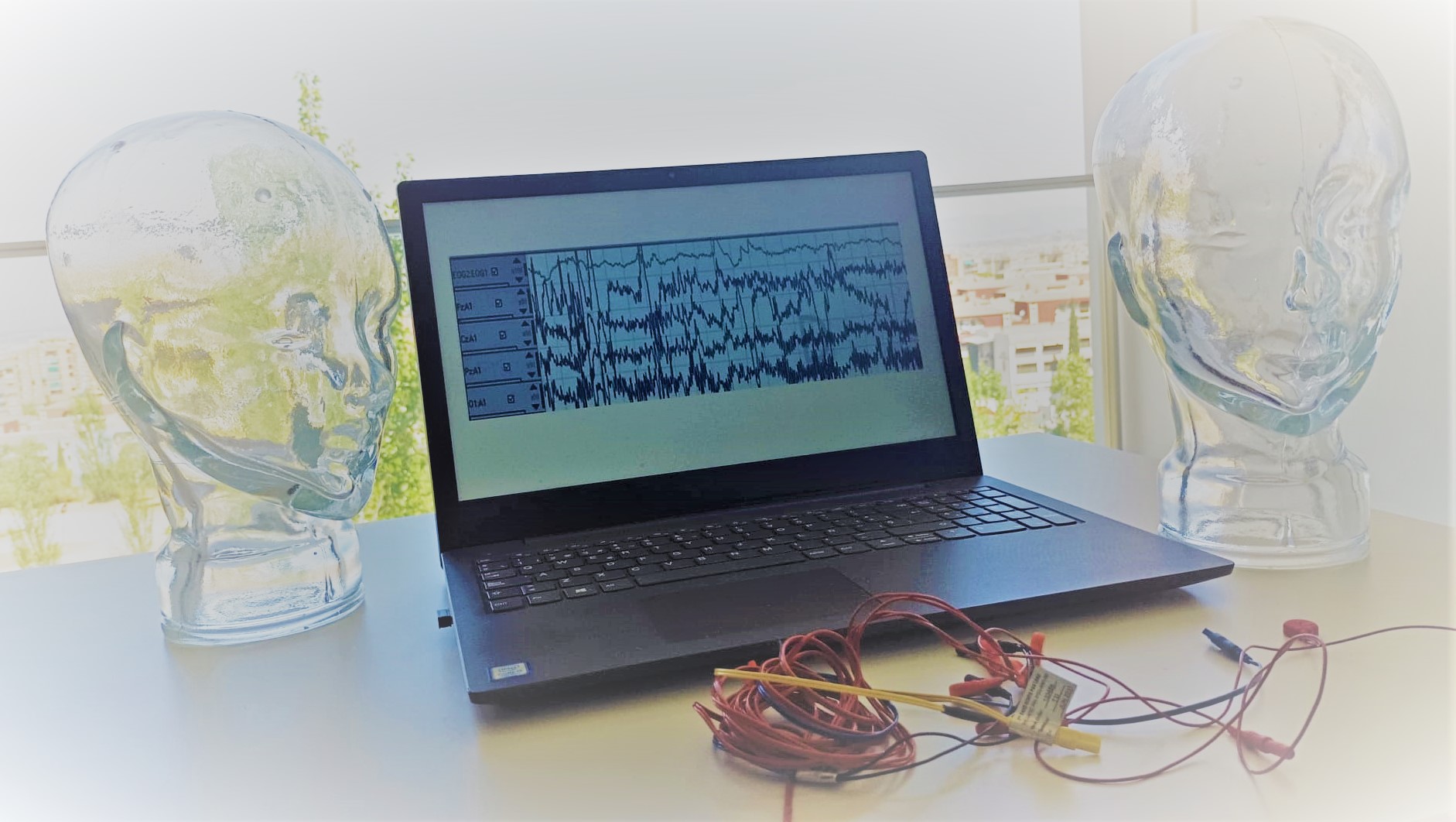
Title: Sleep assessment: Can we analyse how we sleep?
Summary: In this activity, we will learn how sleep is assessed. First, we will briefly explain the brain mechanisms that support sleep and the importance of sleep for a healthy daily life. A polysomnography machine (an instrument used for sleep assessment) will be shown and a brief explanation of what it consists of and what it is used for will be given. Subsequently, real examples of sleep recordings or hypnograms will be shown (where, among other variables, the electrical activity of the skin, heart rate, breathing, electromyographic activity, electroencephalographic activity, etc. can be seen). Finally, the importance of each sleep phase and how it can interfere with people's daily lives will be discussed.
Venue: Laboratory 3 (Sleep and Health Promotion Lab.)
Coordination: Raúl Quevedo Blasco

“Más que palabras” Consecuencias psicológicas del lenguaje sexista
¿De qué manera se transmiten los prejuicios a través de la comunicación? En esta charla-taller hablaremos de cómo se transmiten y mantienen el sexismo y los prejuicios a través del lenguaje, y qué consecuencias psicológicas tienen para las personas: en las decisiones que tomamos, en cómo nos sentimos, cómo construimos nuestra propia imagen y también, cómo vemos el mundo que nos rodea.
Lugar: Sala de conferencias
Coordinación: Soledad de Lemus

